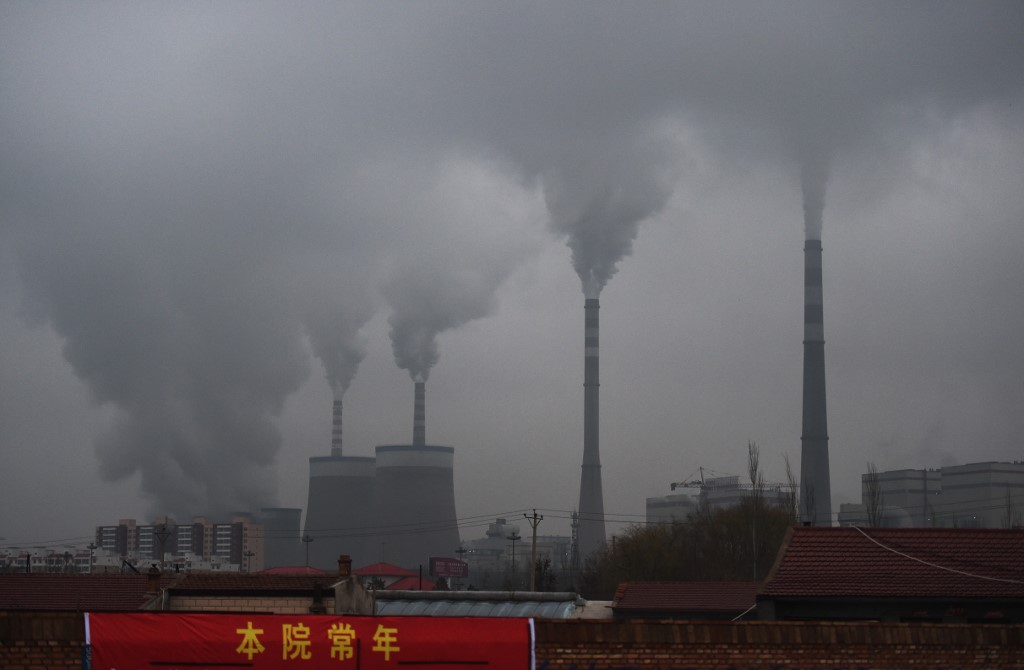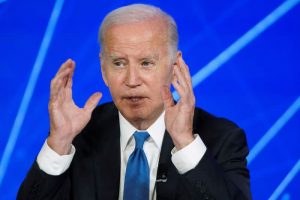(ATF) Just days before US President Joe Biden’s global climate summit gets underway, China is pressing forward with plans to help the country reach its carbon emissions goals.
On Monday, the country’s powerful National Energy Administration (NEA) said it was raising solar and wind power generation in its energy mix from 9.5% last year to 11% this year. In 2020, solar accounted for 6.1% of the country’s power generation mix, with wind coming in at 3.4%. The proposal is a draft rule that will be circulated for opinions until April 25.
The NEA said solar and wind power generation would need to increase year-on-year until 2025 to reach 16.5% of the country’s total energy mix.
Earlier this month, the NEA set an ambitious target for total renewable energy – including hydro, solar, wind and biomass – to make up over half of installed capacity by 2025.
Green or even blue hydrogen hasn’t been included in these new benchmarks, which is not surprising, given its still high development costs and failure to yet reach fossil fuel cost parity. Green hydrogen-fossil fuel cost parity could come as early as next year or as far out as another decade, depending on whose modeling and forecasts you use.
The NEA added in its new draft proposal that it will establish a “diversified guarantee mechanism” to help more projects win access to the country’s electricity grid.
They also asked developers of renewables to accelerate their respective construction plans, and requested that local network operators guarantee grid connection for new clean power plants coming online.
Just two months ago, Beijing forced regional grid operators to increase their minimum power purchases from renewable power systems.
Battling China’s coal addiction
The move comes as Beijing steps up its battle to contain the country’s massive coal reliance, mostly used for thermal power generation, which is the largest in the world by a long way.
While global coal-fired electricity fell a record 4% in 2020 compared to the previous year, China’s coal-fired power production increased by 2%. Even more troubling is the fact that China now accounts for nearly 54% of the world’s overall coal-fired generation, according to a report earlier this month by climate and energy think tank Ember.
That over-reliance on coal has also put Chinese President Xi Jinping’s 2060 carbon neutral pledge, made before a virtual UN conference in September, at risk. He also said China would cap its emissions by as early as 2030.
Not only is Xi battling the country’s massive coal reliance and infrastructure, but it appears more difficult to bring under control at the provincial level than many outside observers would assume.
Last year, the NEA approved a record-number of new coal-fired power plants during the onset of the Covid-19 pandemic to help bolster provincial economies. Since then, Beijing has brought rare pressure on the NEA and its coal build-out plans.
Political pressure mounts
Added to the fray is US President Joe Biden’s upcoming climate summit this Thursday and Friday, where some 40 world leaders will participate. John Kerry, Biden’s special climate envoy, will reportedly ask countries, particularly China and India, to do more to battle their massive greenhouse gas (GHG) emissions.
Despite an ongoing three-year trade war and political tensions on several fronts, Washington and Beijing have agreed to cooperate on the fight against global warming, though it’s unclear if President Xi will participate in the summit.
Biden is expected to unveil a new emissions reduction target for the 2015 Paris Climate Accord before or during the summit and pledge funding to help less wealthy countries combat climate change.
On Monday, the UN World Meteorological Organization released a report warning that “time is fast running out” to keep global temperatures in check. Titled “State of the Global Climate 2020,” the report claims that GHG concentrations in the atmosphere continued to climb in 2020, despite lockdowns imposed worldwide to slow the spread of the Covid-19 pandemic.
China, for its part, remains the world’s largest GHG emitter by far, followed by the US and India – also a massive coal user, with the fuel making up 70% of its power generation mix.
However, at the end of the day, with Chinese prestige at stake in front of a world stage and politicized even more since the election of Joe Biden and his global climate change push, Beijing will likely seek even more ways to trim its coal usage, while seeking to bring its emissions under control.
Carbon tax on exports ‘better than empty promises’
However, not all analysts believe public declarations at Biden’s climate summit will resolve the global warming crisis.
China and the United States are the world’s top two economies and together account for half of global emissions responsible for climate change. Russia is the fourth biggest emitter and Putin has accepted an invitation to speak at the climate summit.
Putin’s decision to participate “signals that he, too, is interested in preserving some space in the fraught US-Russian relationship,” Heather Conley, a senior vice president at the Center for Strategic and International Studies, told AFP.
But, Conley said: “Speaking at a virtual summit and mitigating climate impacts are two very different things.
“What is striking to me is that while both Beijing and Moscow are speaking the language of climate change before international audiences, at home, they are putting their foot on the accelerator to increase global carbon emissions,” she said, pointing to Russia’s fossil-fuel industry and China’s reliance on coal plants.
In a recent essay, Andrew Erickson, a China expert at the US Naval War College, and Gabriel Collins of Rice University argued that the United States should look to compete rather than coordinate with China on climate.
They said the United States could champion a carbon tax on exports – already backed by the European Union – to force China to cut back on coal.
“Xi’s bullish talk of combating climate change is a smokescreen for a more calculated agenda,” they wrote in Foreign Affairs.
“Chinese policymakers know their country is critical to any comprehensive international effort to curb greenhouse gas emissions, and they are trying to use that leverage to advance Chinese interests in other areas.”
With reporting by AFP
ALSO SEE:
- China must nix its coal addition to reach carbon neutral pledge
- New coal projects in China make up 90% of global total
- China hurting efforts to cut global emissions: US
- G20 nations give $77 bn a year to fossil fuel projects
- India opens up coal mining to private sector
- Shift to renewable energy needed by 2030-35, top researchers say
- Beijing trips on its misguided energy build-out policy
























